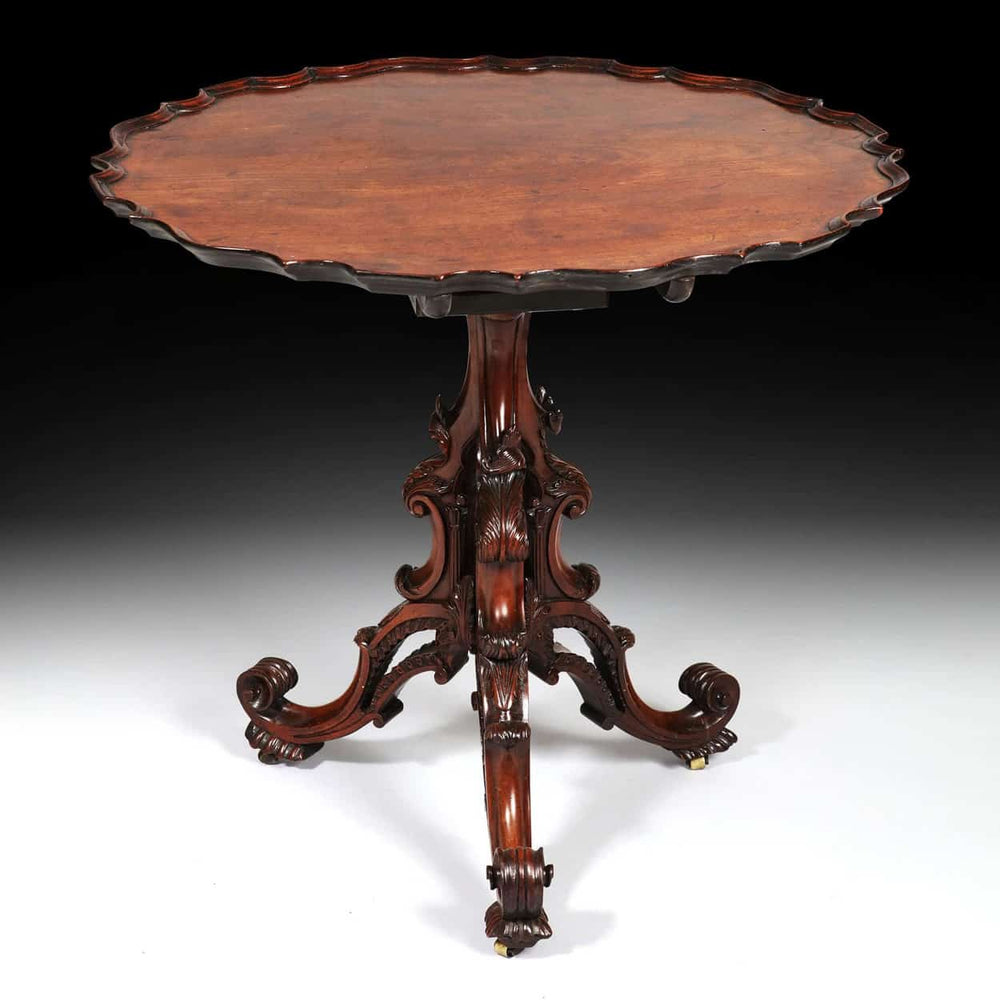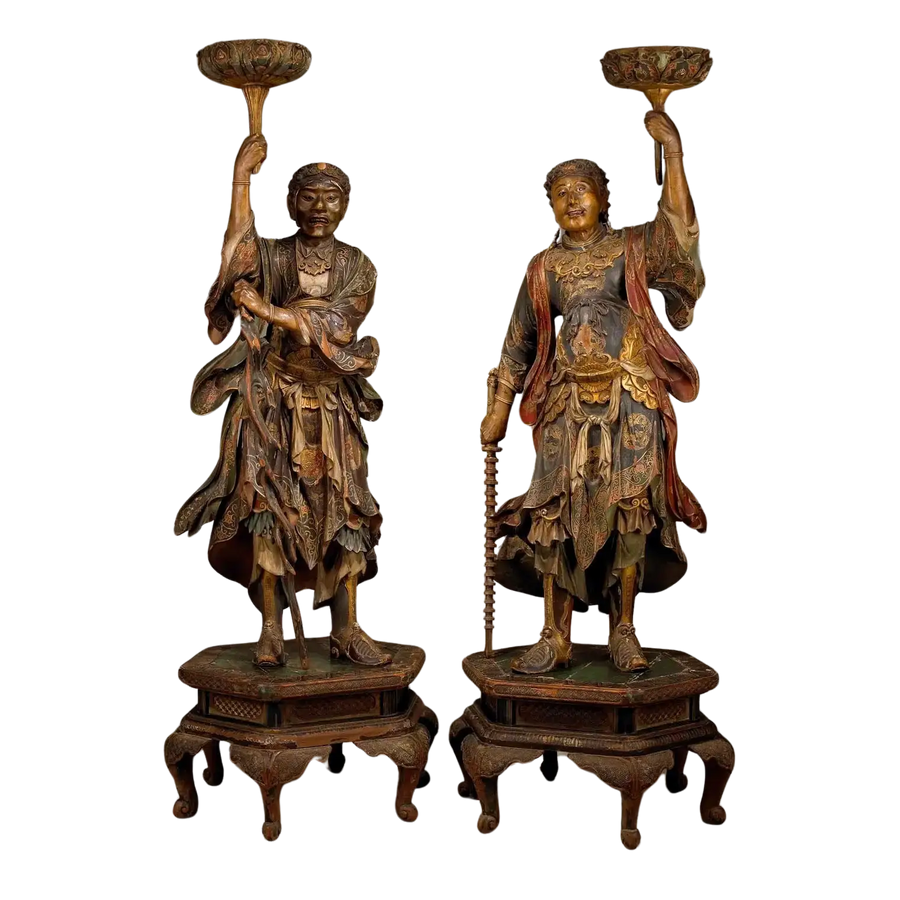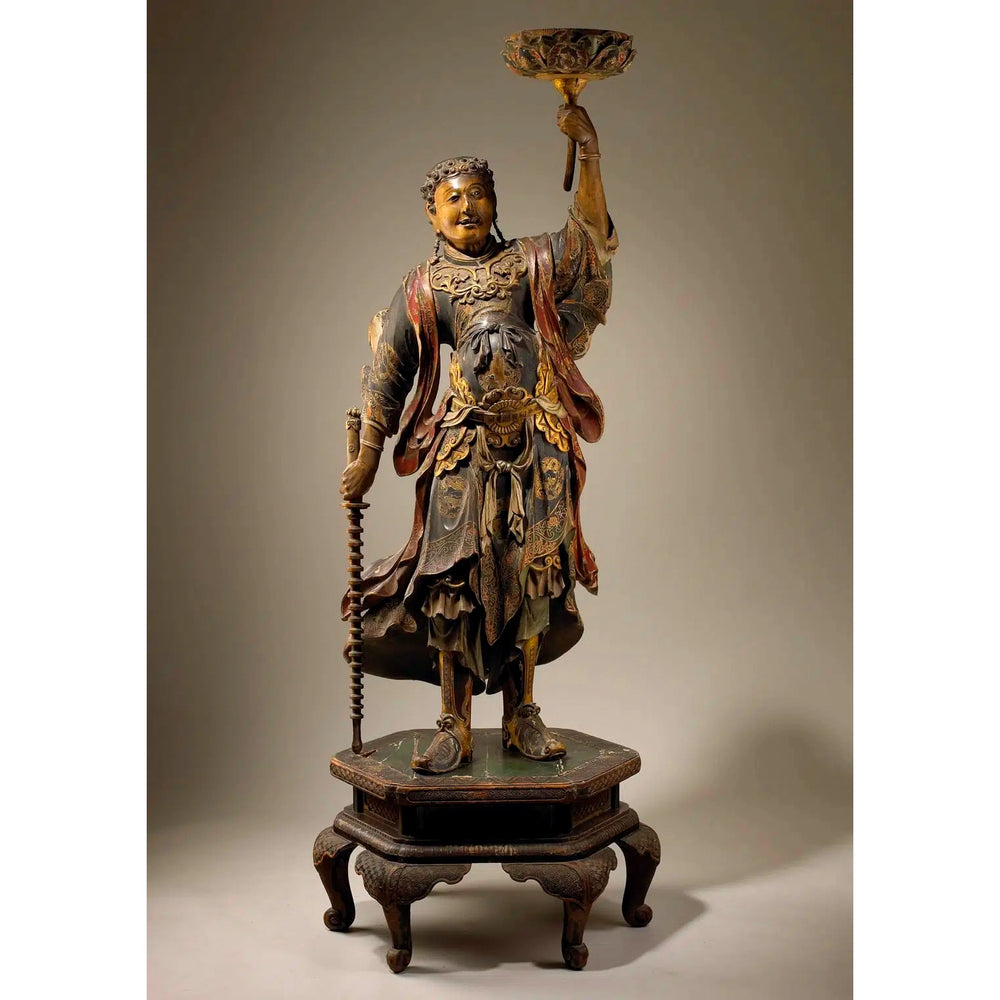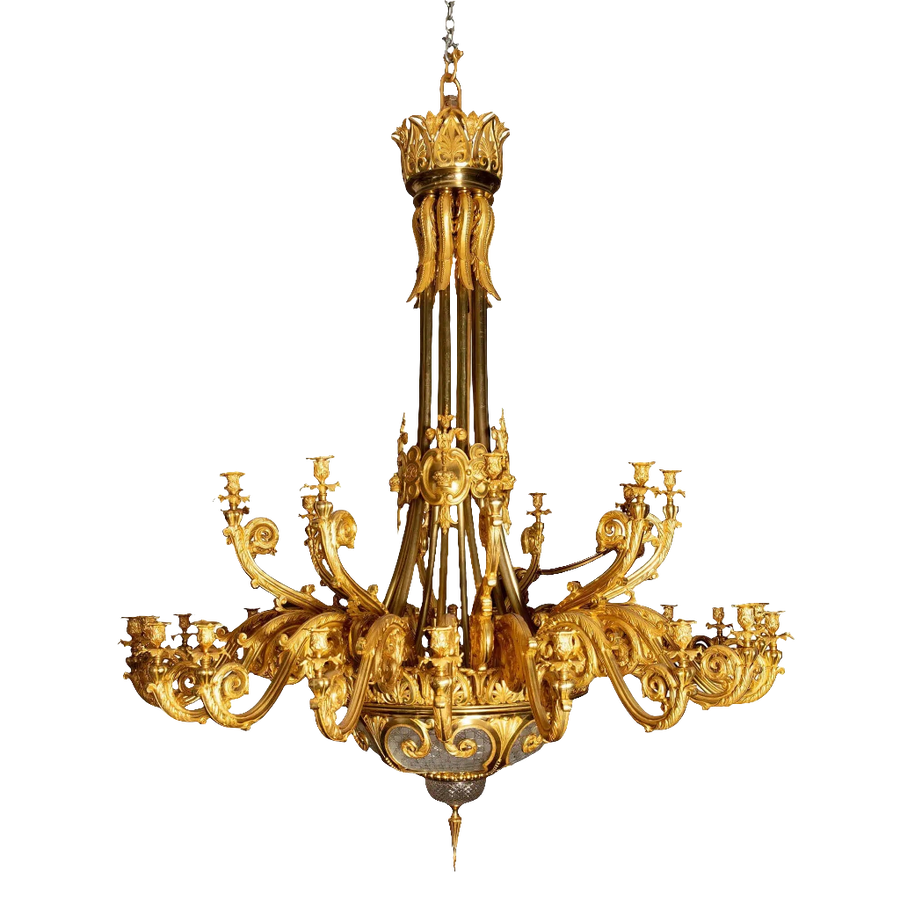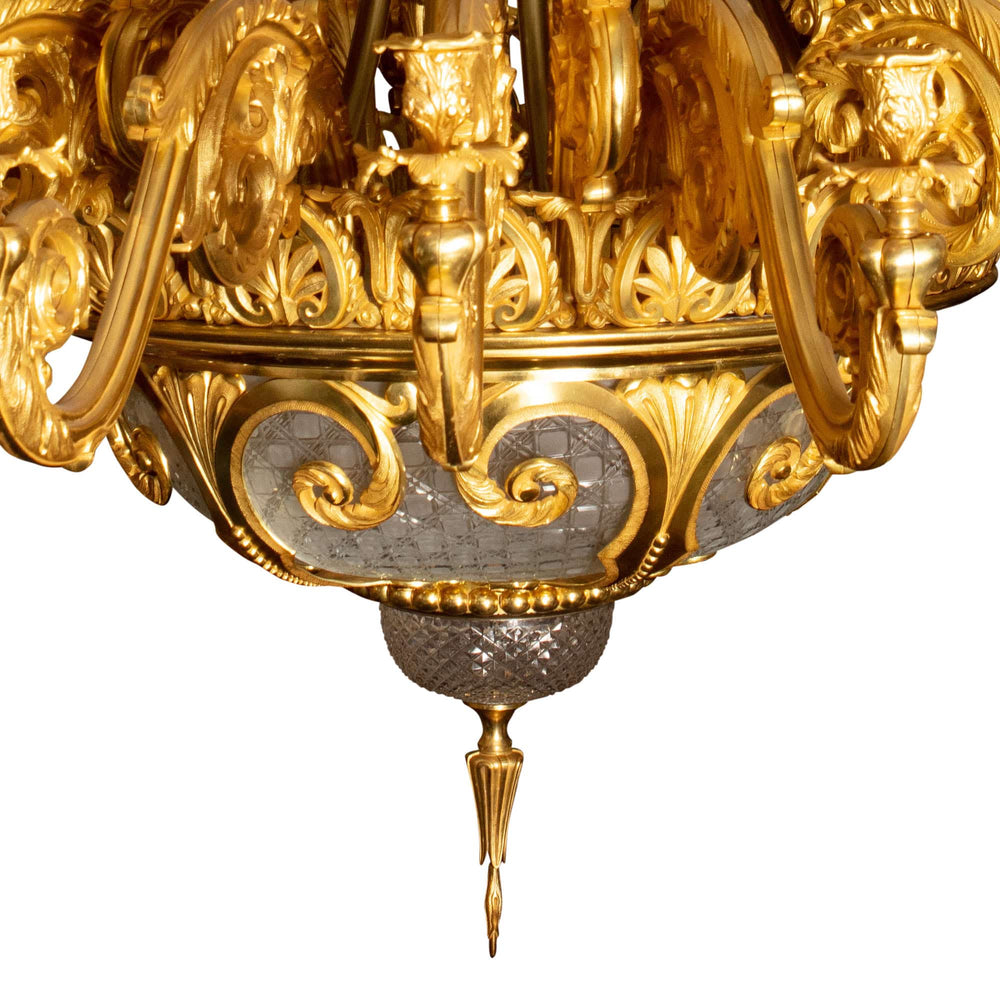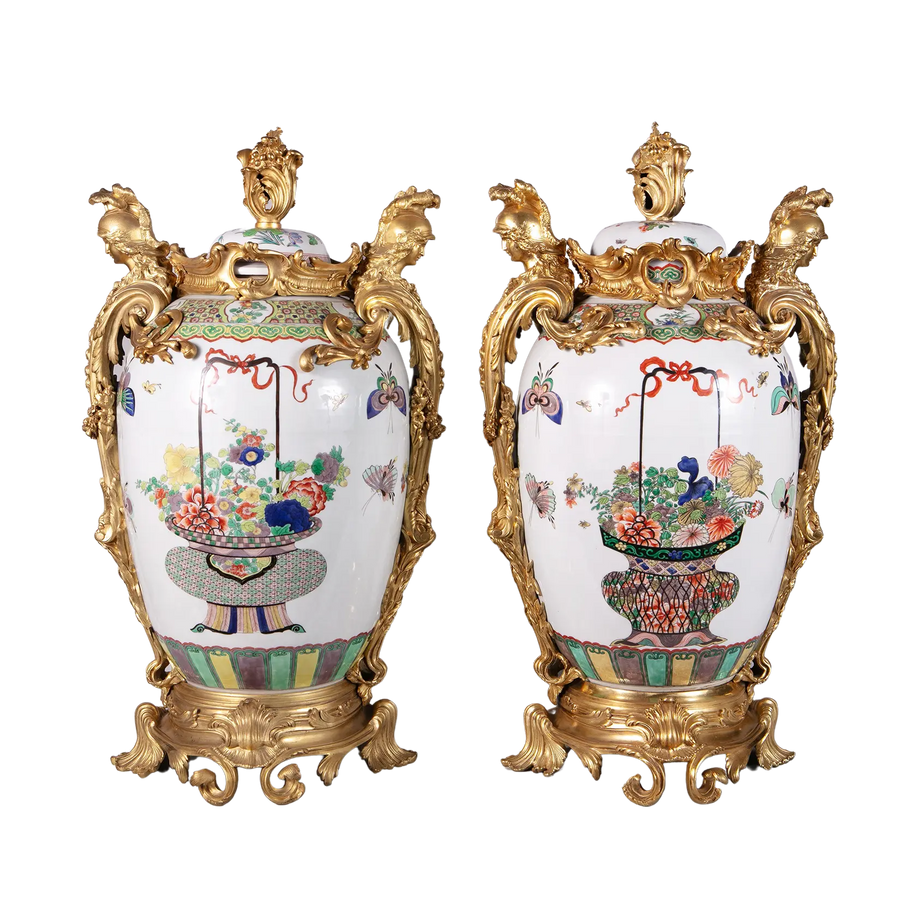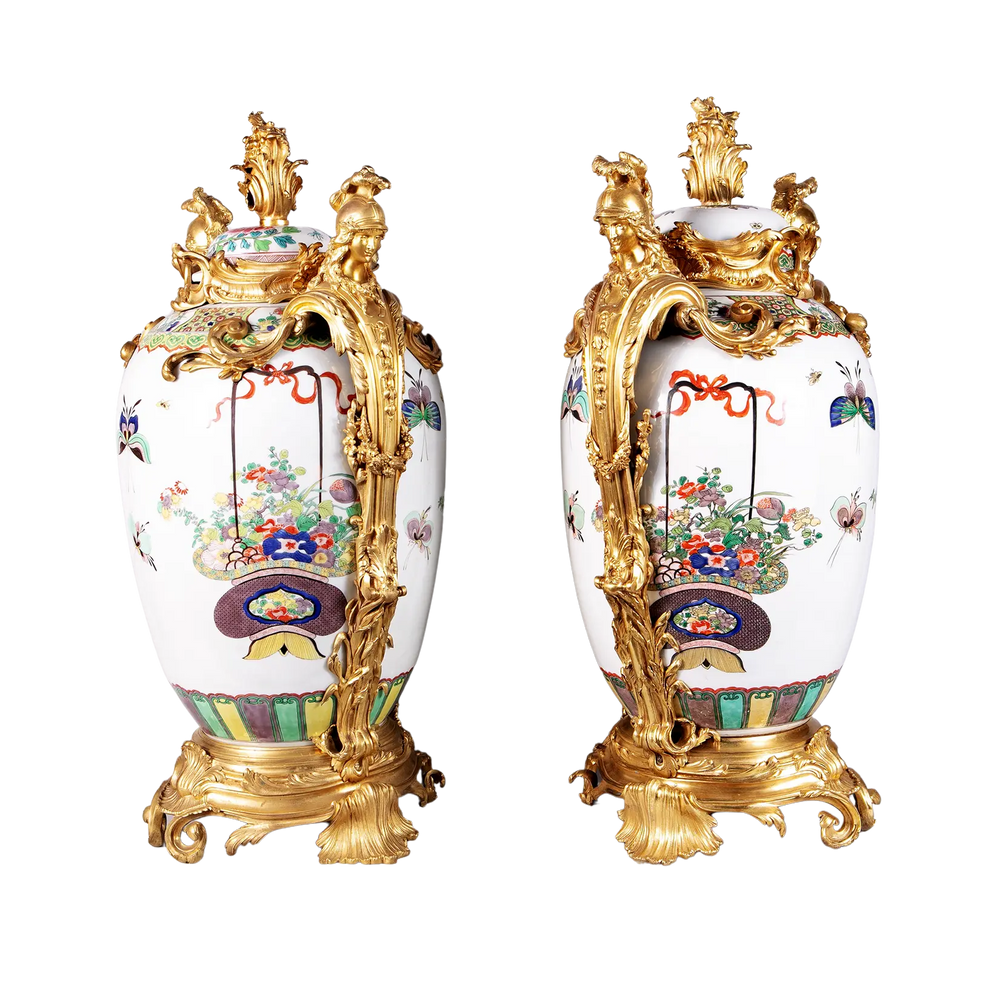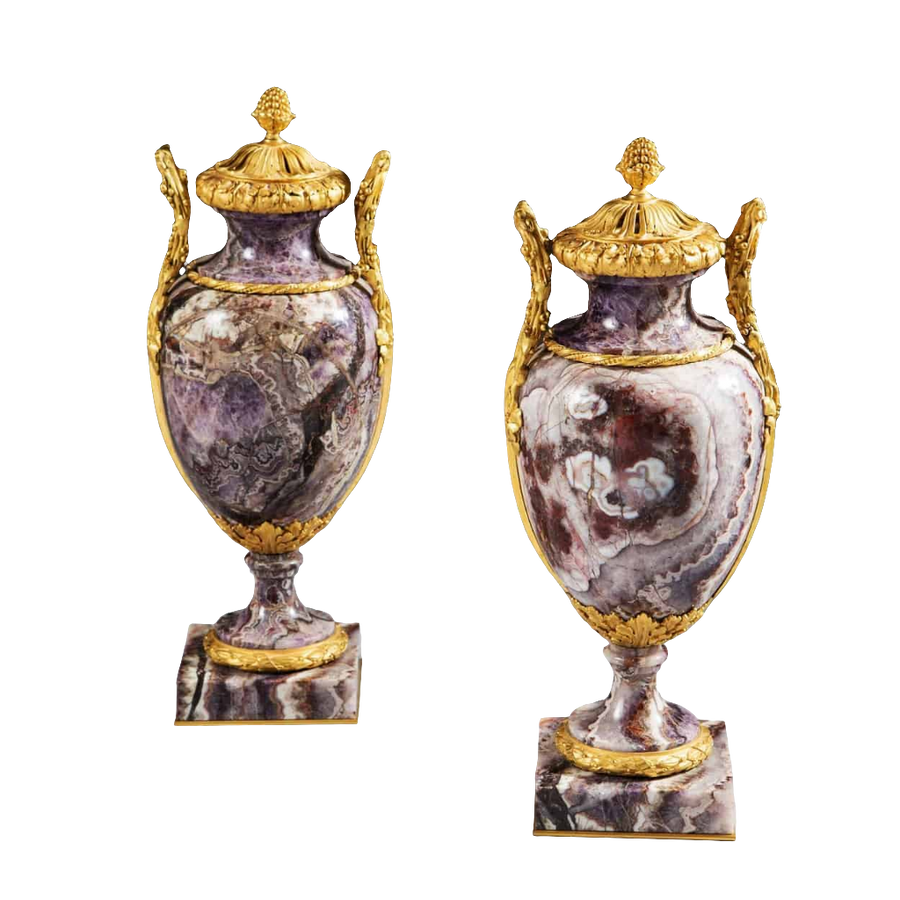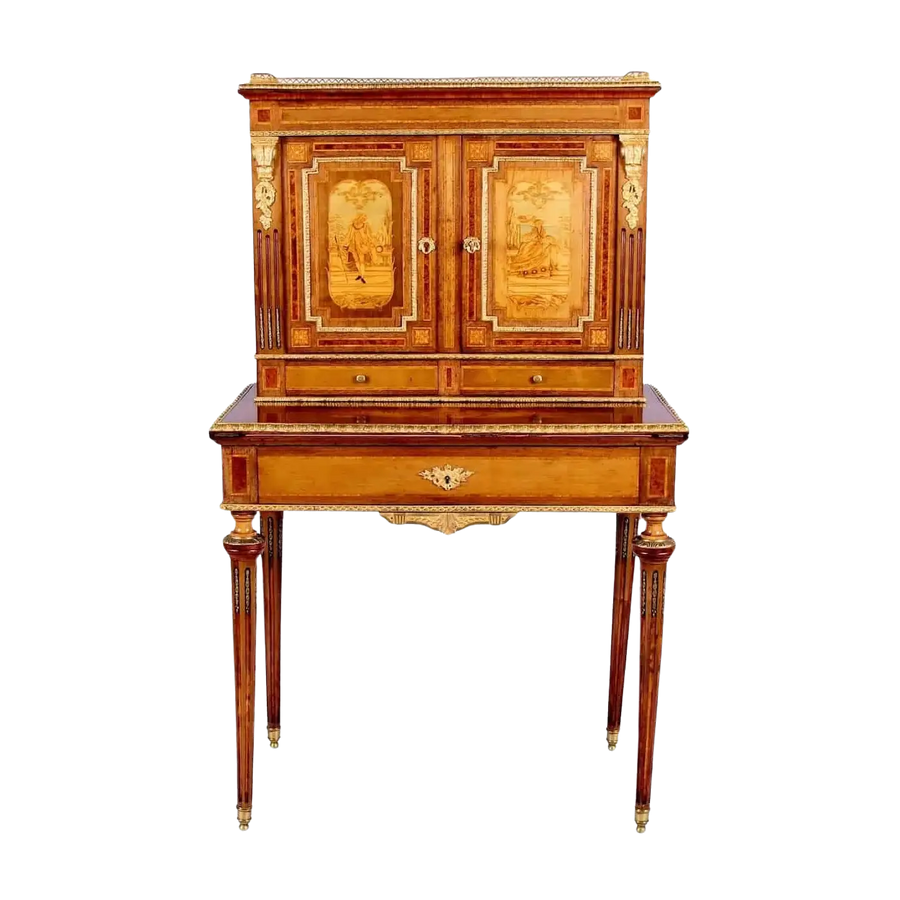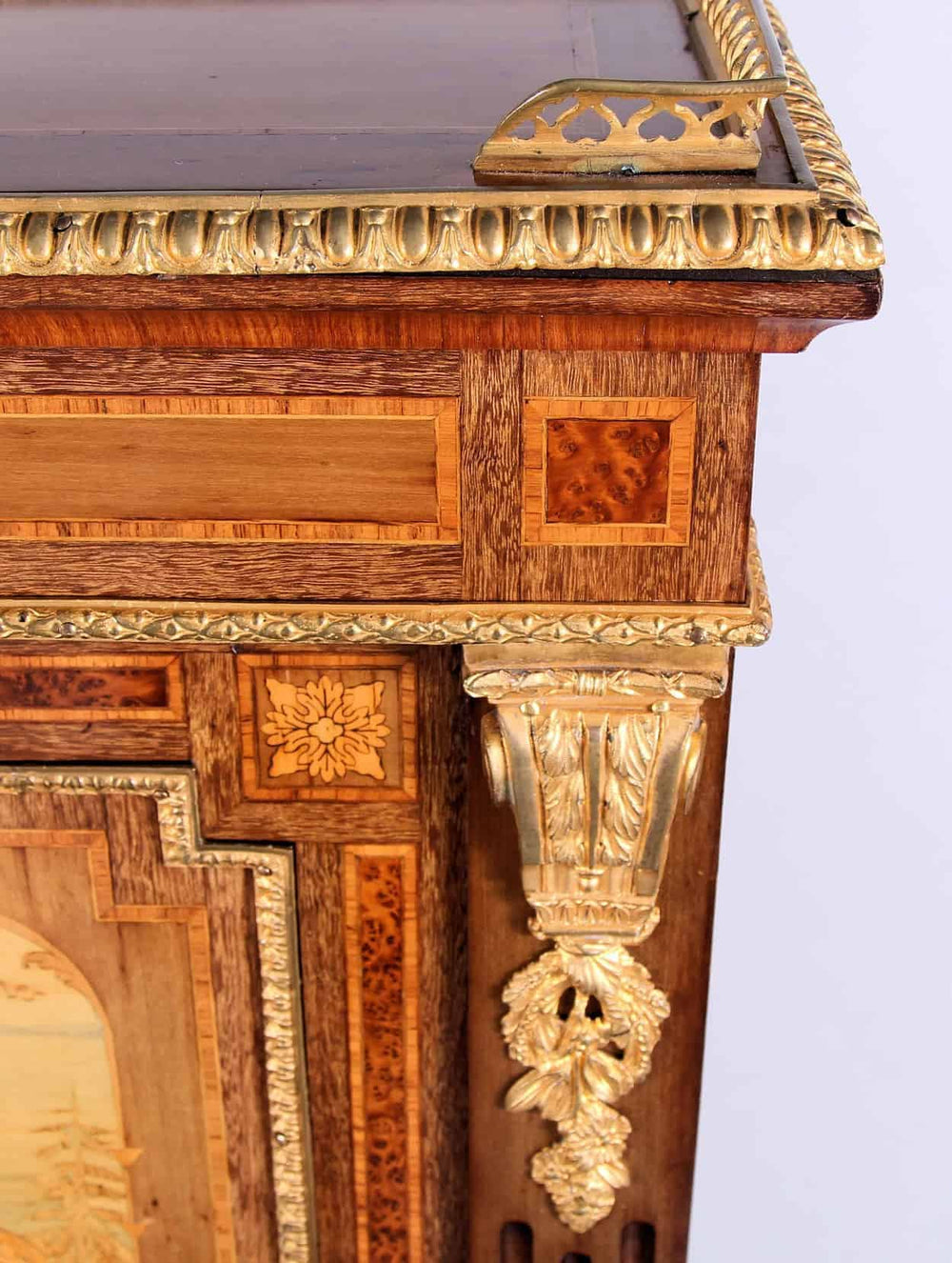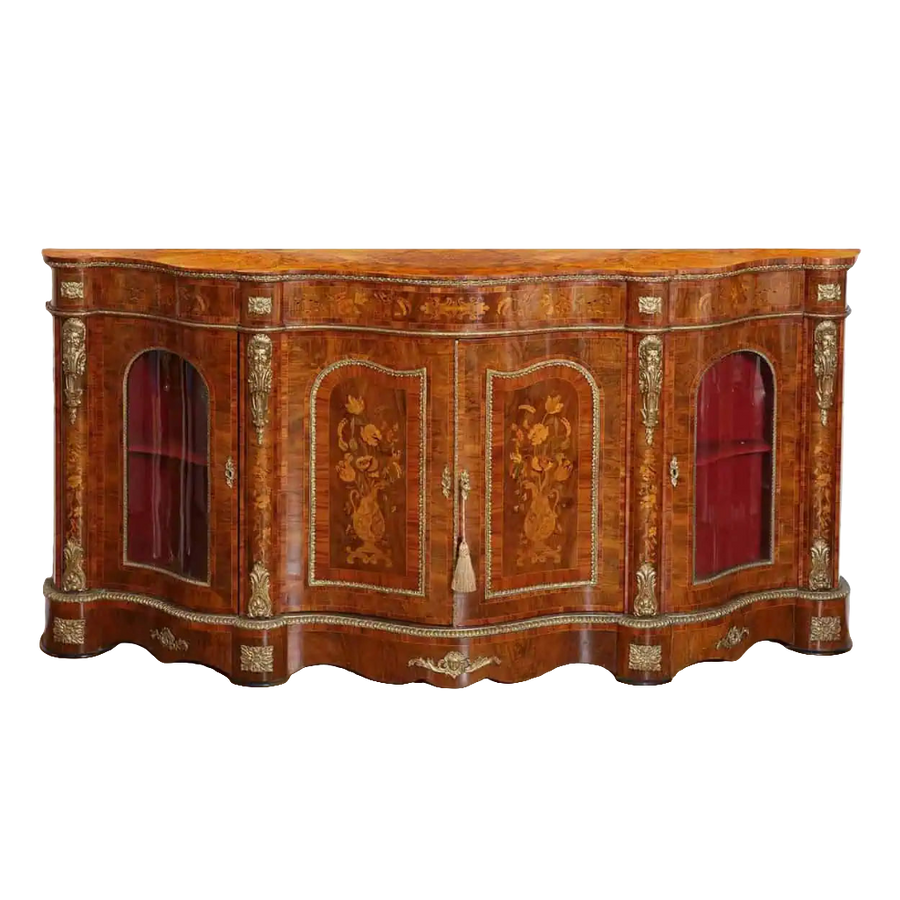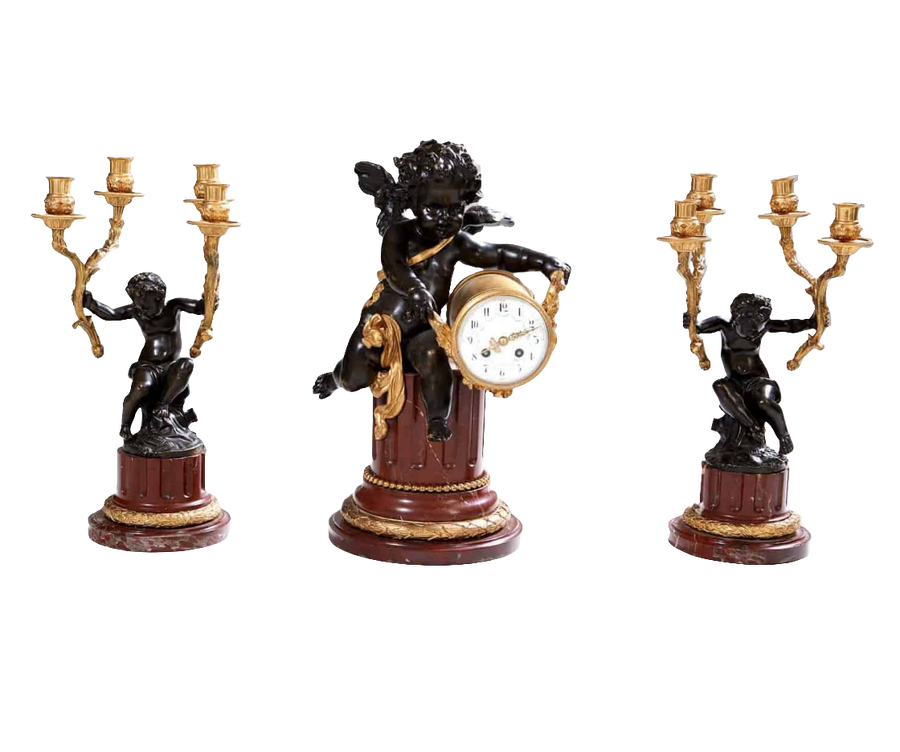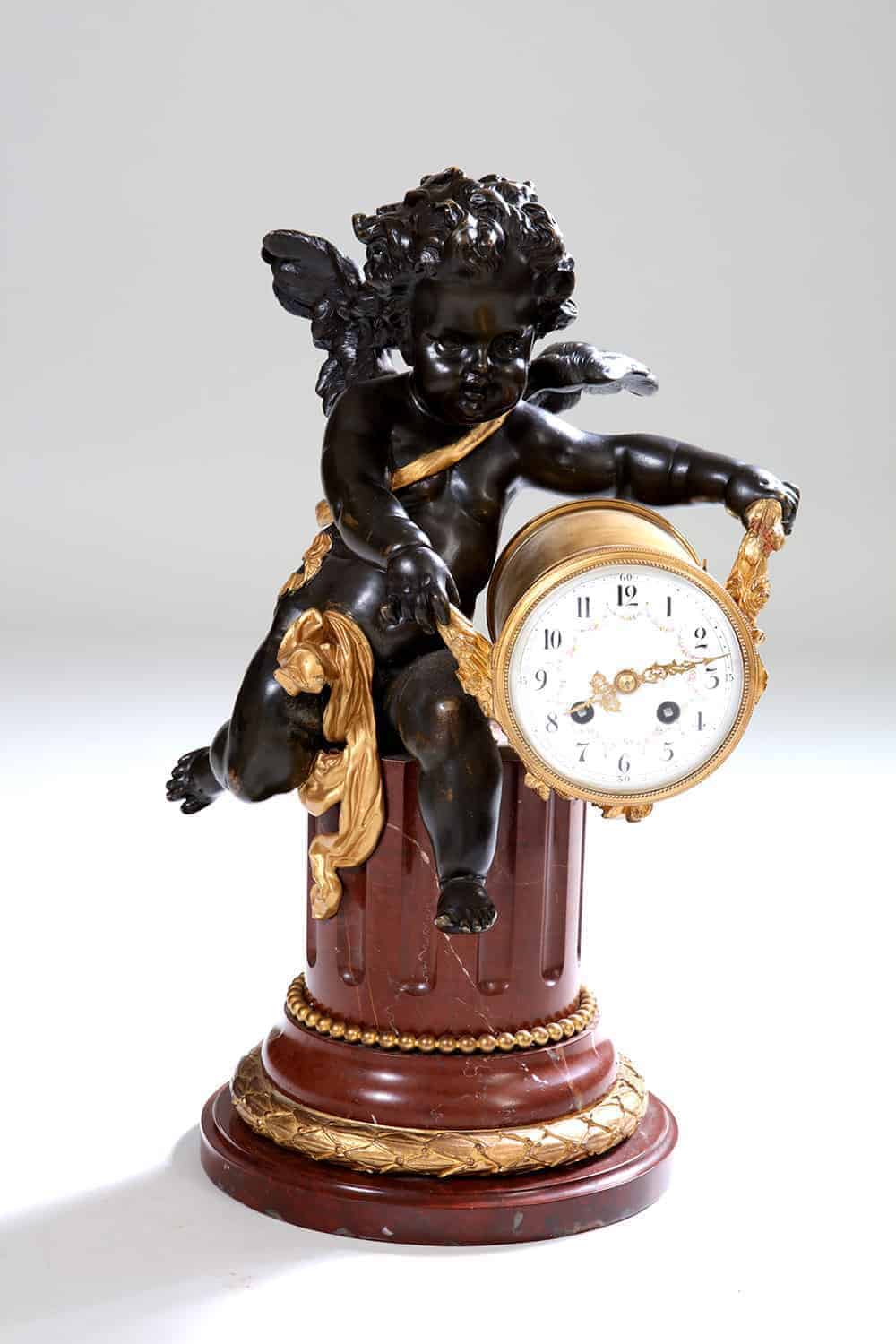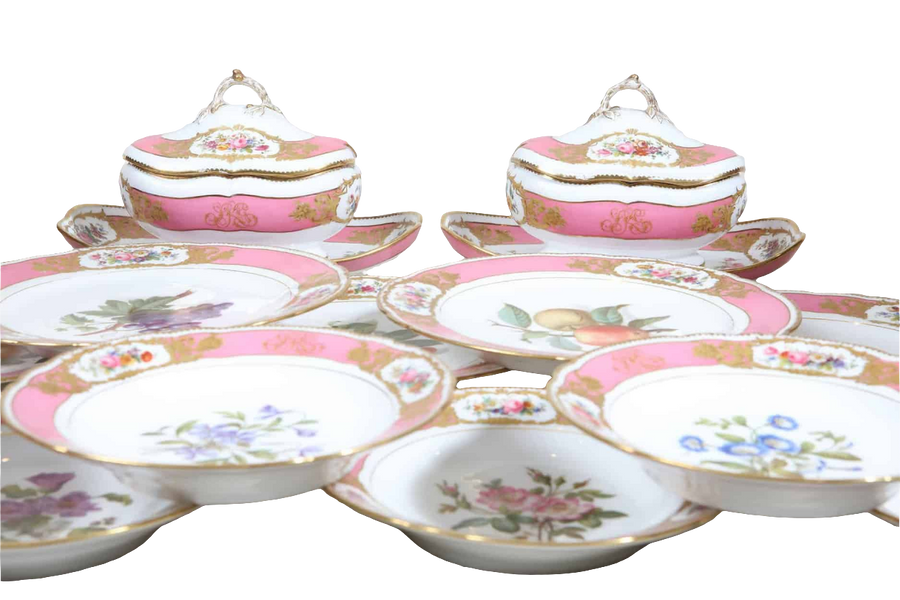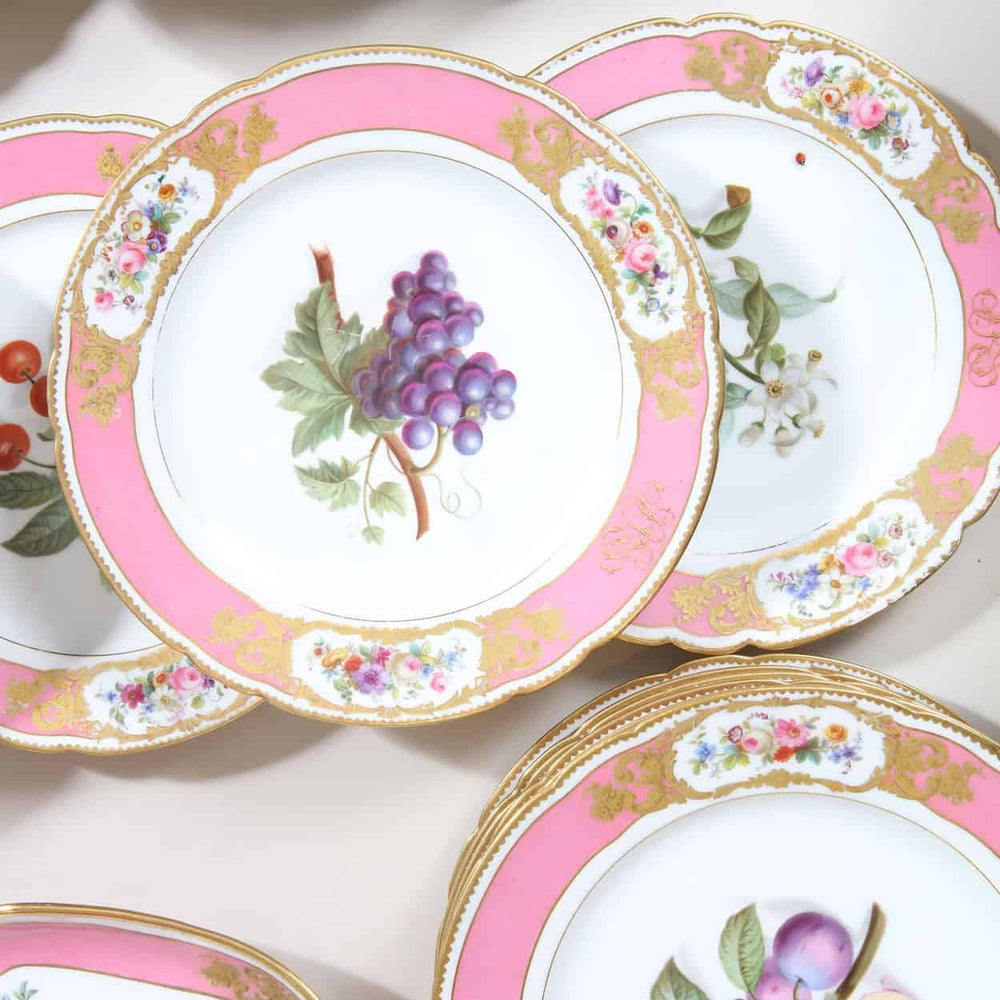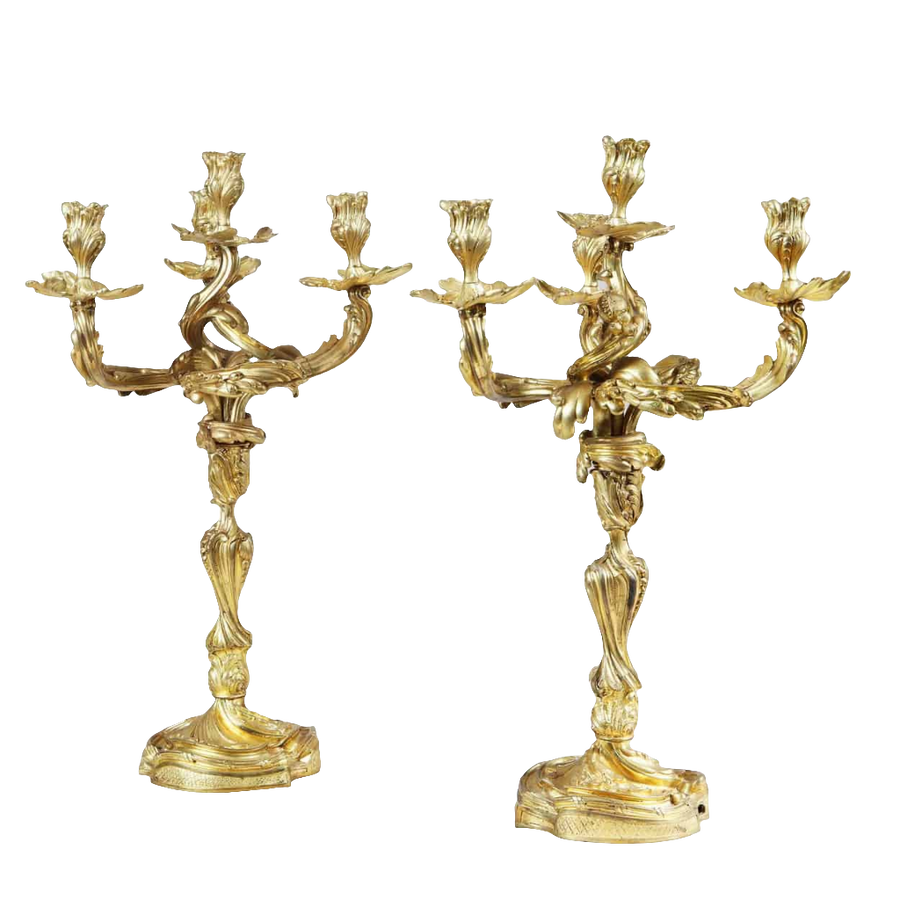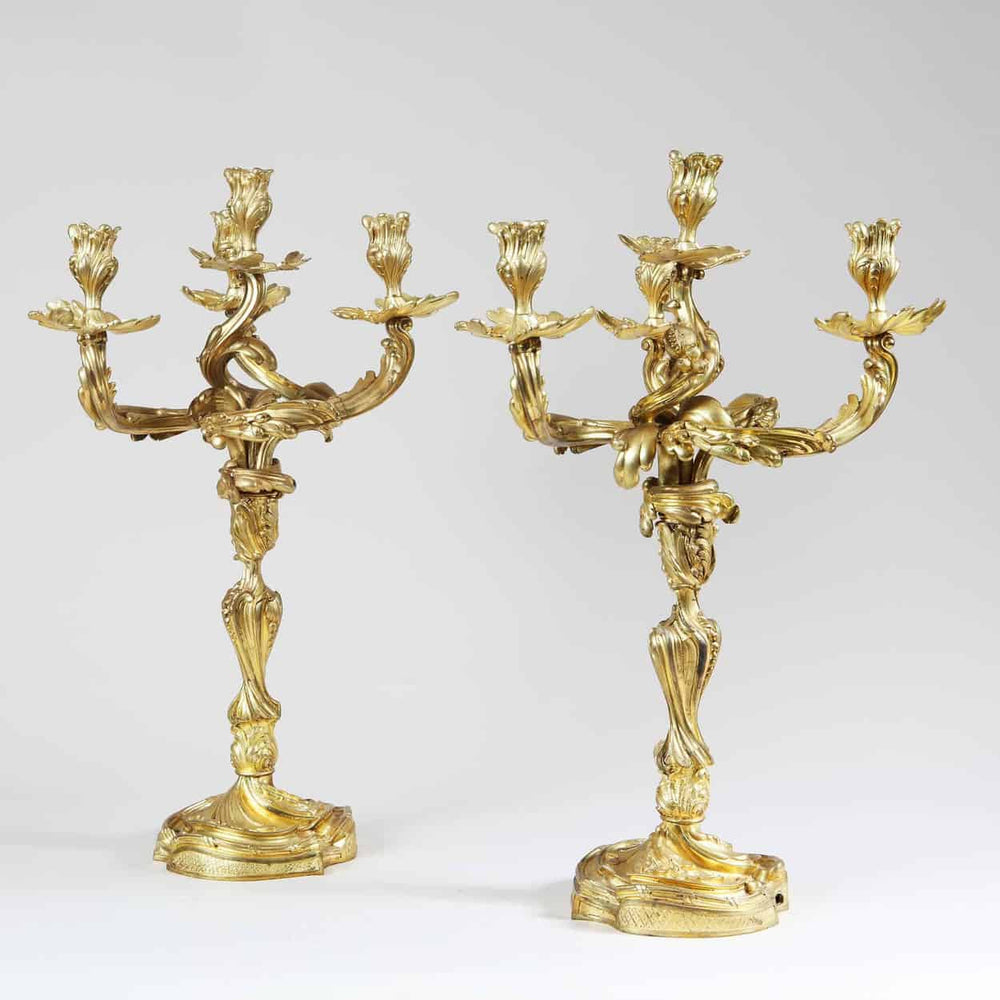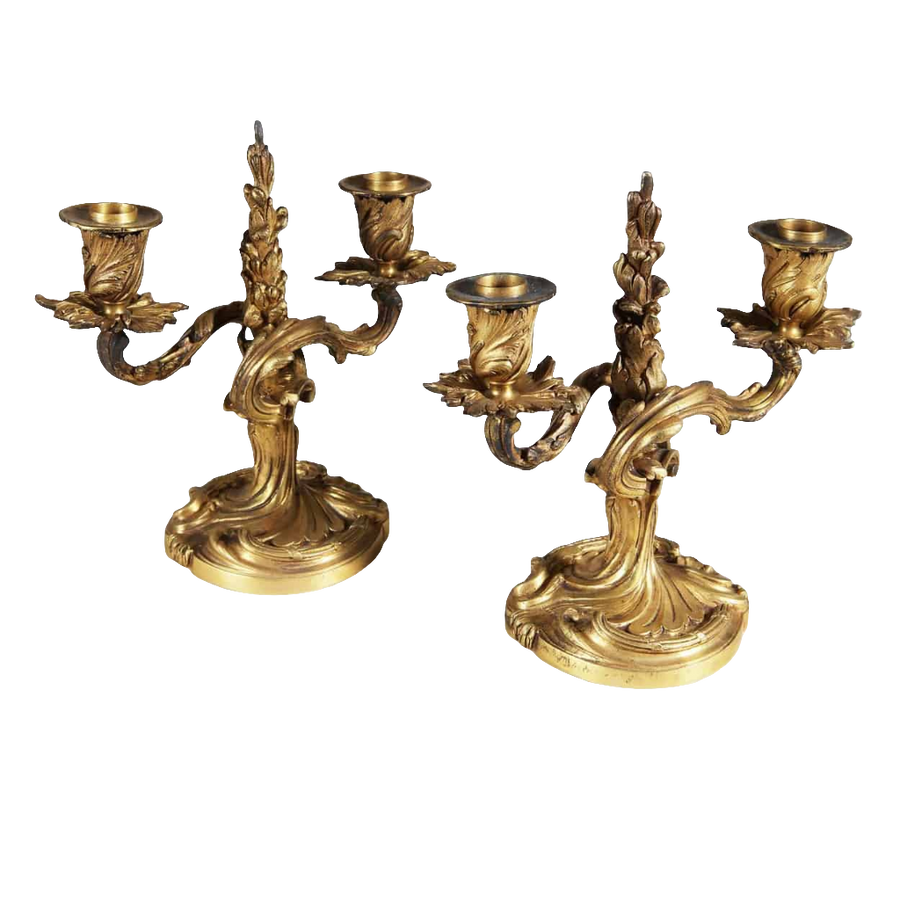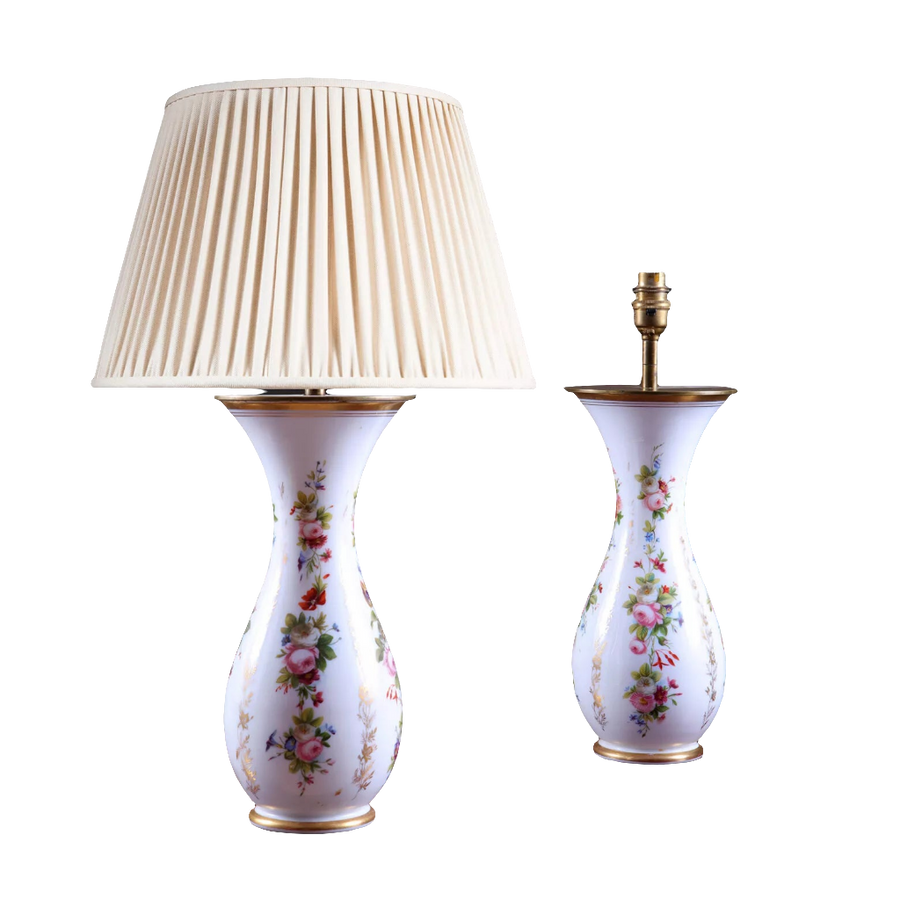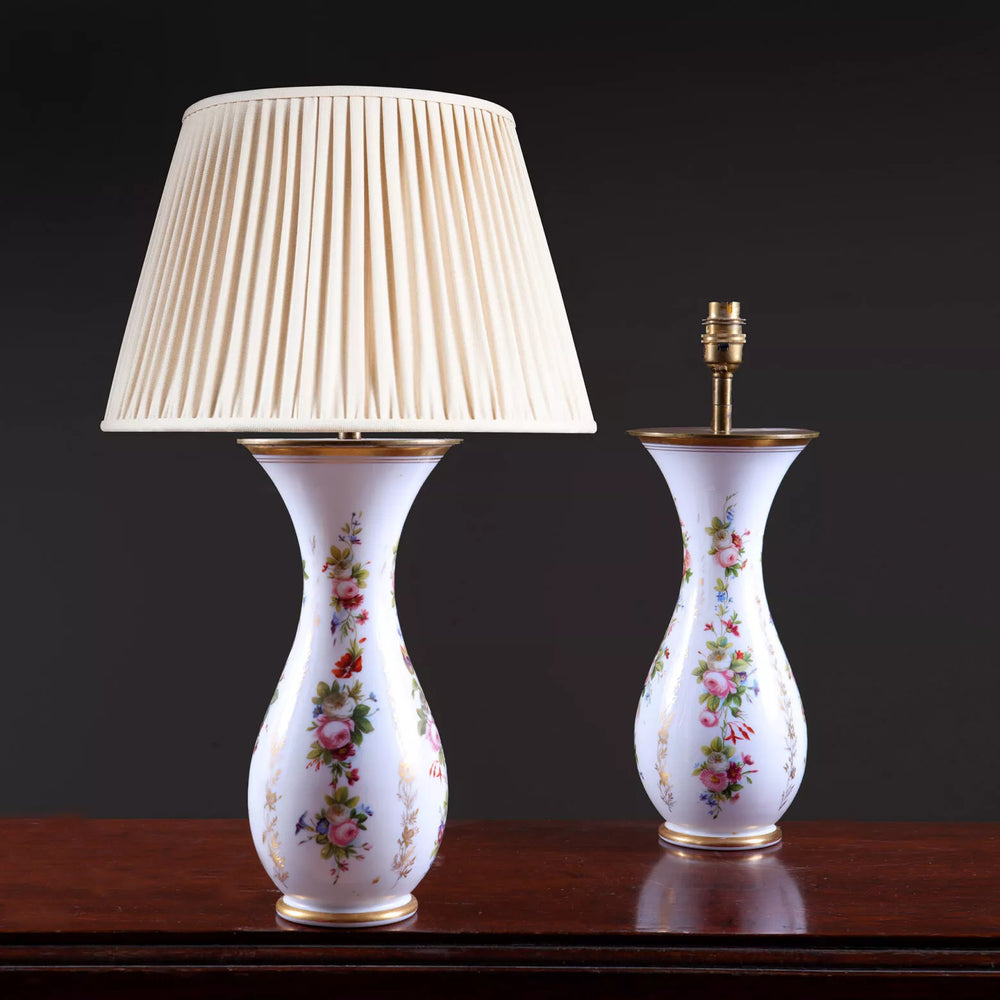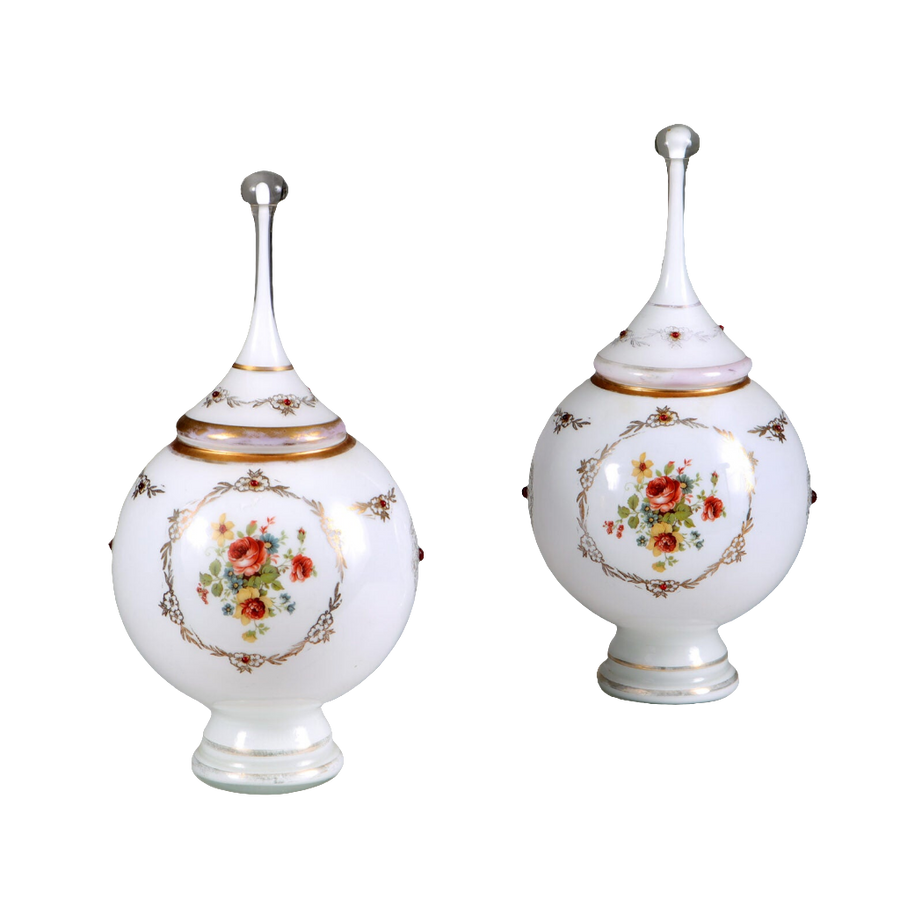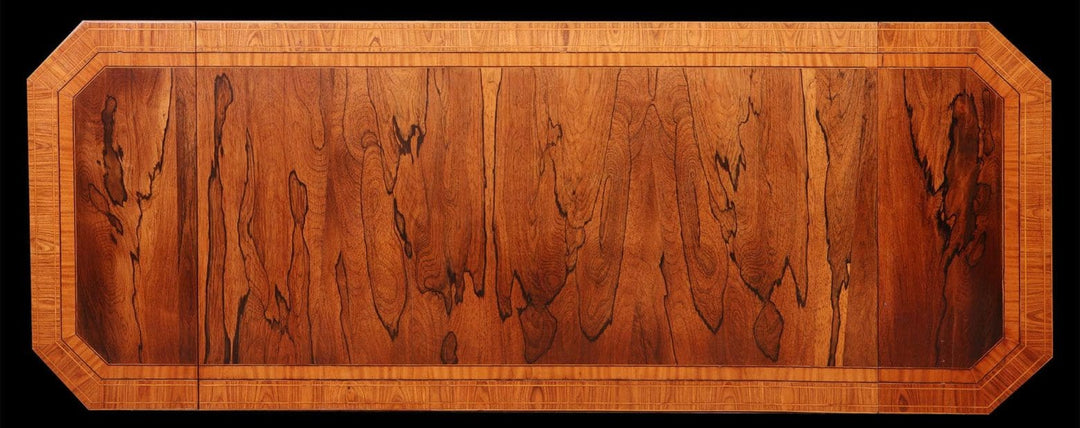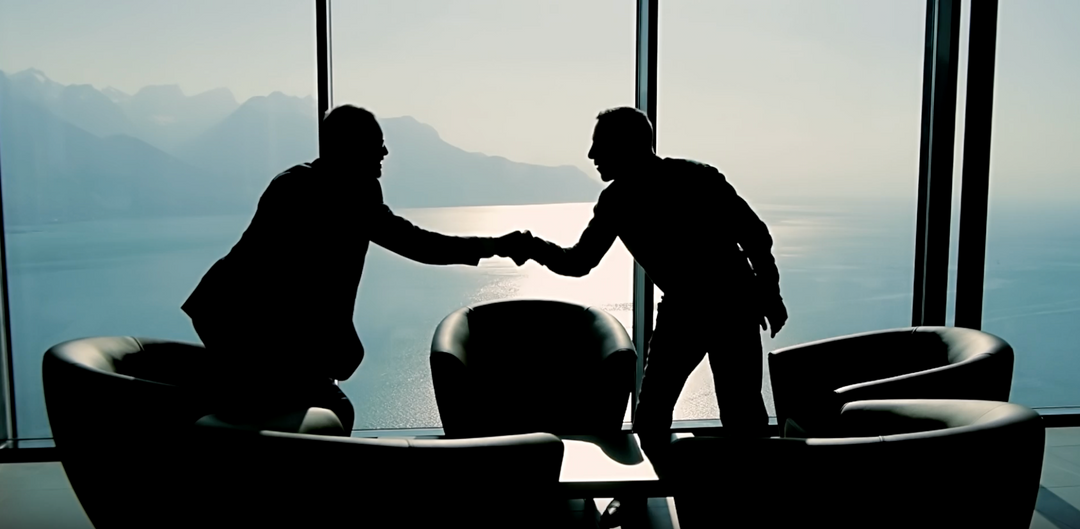
The Napoleon III Style, synonymous with the splendour of the Second French Empire (1852–1870), represents an opulent and eclectic approach to the decorative arts, architecture, and design. Rooted in historic revivalism, modernisation, and a deep desire to project imperial authority, the style merged classical references with new materials and urban ideals, leaving a lasting imprint on 19th-century taste.
🏙️ Urban Transformation and Architecture
Under the leadership of Georges-Eugène Haussmann, Paris underwent a dramatic transformation. Wide boulevards, axial planning, and monumental buildings redefined the city’s landscape and exemplified the style's union of functionality and grandeur.
Architectural hallmarks include:
- Mansard roofs: Steep-sloped and highly recognisable across Haussmannian façades.
- Ornate exteriors: Uniform street fronts with decorative elements such as classical columns, cast-iron balconies, and stone carvings.
- Public monuments: The Palais Garnier opera house epitomises Second Empire theatricality and architectural extravagance.
🪑 Furniture: Historic Revival with Contemporary Opulence
Furniture of the Napoleon III era synthesised styles from Louis XIV to Louis XVI, as well as Renaissance, Baroque, and exotic influences. Pieces were crafted for visual impact and utility, often designed for both palatial residences and newly fashionable urban apartments.
Key elements:
- Rich materials: Ebony, mahogany, marquetry, ivory, ormolu.
- Revivalist motifs: Classical ornament blended with flamboyant flourishes.
- Exotic detailing: Tortoiseshell, mother-of-pearl, and Japanese lacquer inlays.
- Signature profiles: Cabriole legs, gilt-bronze mounts, and layered decorative programmes.
Notable artisans:
- François Linke and other master cabinetmakers elevated traditional techniques with modern interpretations, creating pieces that balanced luxury with innovation.
🎨 Decorative Arts: Ornamentation in Detail
Napoleon III interiors were immersive and richly adorned. Every object served both aesthetic and symbolic purposes.
- Lighting: Lavish chandeliers with bronze and cut crystal.
- Porcelain and ceramics: Elaborate works from Sèvres, often gilded and finely hand-painted.
- Clocks and mirrors: Boldly framed and frequently monumental in scale.
🏰 Interior Design: Richness and Ritual
The domestic interior became a canvas for theatricality and comfort, characterised by layered textiles, historic motifs, and visual abundance.
- Wall treatments: Frescoes, tapestries, and heavy mouldings evoked classical and allegorical themes.
- Fabrics: Velvet, brocade, damask—typically in saturated, regal tones.
- Floor coverings: Patterned carpets enhanced warmth and visual rhythm.
🖼️ Influence on the Fine Arts
The visual arts thrived under the patronage and ethos of the Second Empire.
- Academic painting: Artists such as Jean-Léon Gérôme and Alexandre Cabanel merged Romanticism with historical allegory and classical precision.
- Sculpture: Monumental public works conveyed imperial strength and national pride, often in heroic style and scale.
🌍 Legacy and Lasting Influence
Even after Napoleon III’s fall in 1870, the stylistic vocabulary of his reign endured.
- Urban planning: Haussmann’s model influenced modern city development across Europe and the Americas.
- Decorative arts: Furniture and interiors from this period remain desirable for their craftsmanship and theatrical elegance.
The Napoleon III Style stands as a testament to a pivotal cultural moment—where tradition met innovation, and decorative arts became instruments of statecraft, identity, and spectacle.





